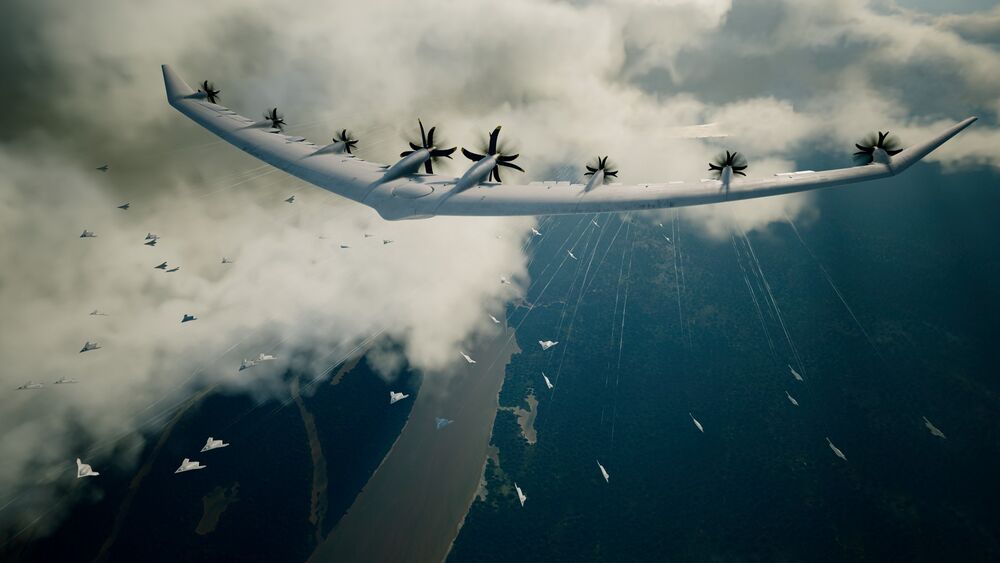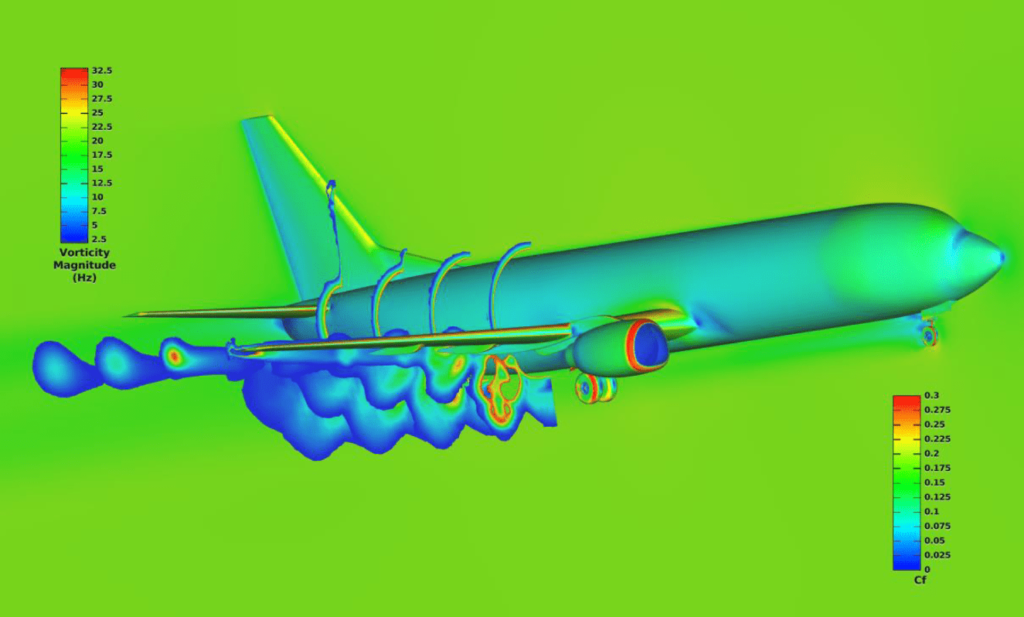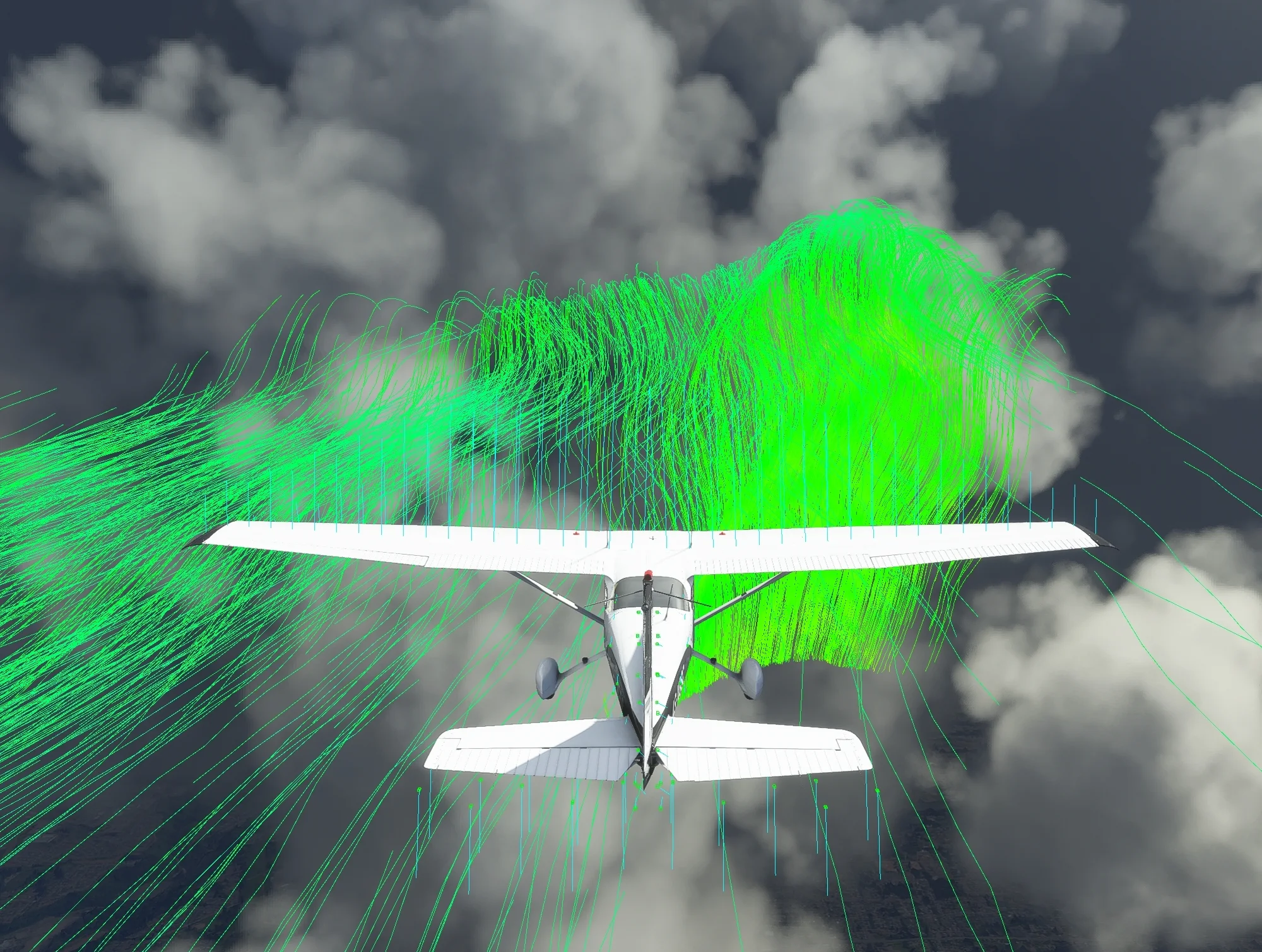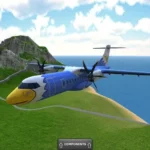The Role of Aerodynamics in Flight Simulation Games
Aerodynamics plays a crucial role in the realism and authenticity of flight simulation games, shaping the behavior and performance of virtual aircraft. From lift and drag to stall and turbulence, an understanding of aerodynamic principles is essential for both developers and players to create and navigate realistic flight experiences. In this article, we’ll explore the role of aerodynamics in flight simulation games, examining how these principles are modeled and utilized to enhance gameplay and immersion.

Fundamentals of Aerodynamics
At its core, aerodynamics is the study of how air interacts with objects in motion, such as aircraft. Key concepts include lift, which enables an aircraft to overcome gravity and stay airborne, and drag, which opposes the aircraft’s forward motion. Other factors such as thrust, weight, and the shape of the aircraft’s wings and fuselage also influence its aerodynamic performance. Understanding these principles is essential for developers to accurately model the behavior of aircraft in flight simulation games.
Aerodynamic Modeling in Flight Simulators
Flight simulation games rely on sophisticated aerodynamic models to accurately simulate the behavior of aircraft in a virtual environment. These models take into account factors such as airfoil shape, wing loading, and control surface deflection to calculate the forces acting on the aircraft as it moves through the air. By simulating the complex interactions between the aircraft and its surroundings, developers can create a realistic flight experience that mirrors the behavior of real-world aircraft.

Effects of Aerodynamics on Flight Dynamics
The aerodynamic properties of an aircraft have a direct impact on its flight dynamics, influencing everything from takeoff and landing to maneuverability and stability. Players must understand how changes in airspeed, angle of attack, and control inputs affect the aircraft’s behavior in order to successfully navigate through various flight scenarios. From mastering smooth turns and climbs to recovering from stalls and spins, an understanding of aerodynamics is essential for achieving realistic and precise flight control.

Read also about: The Impact of Weather Systems in Aviation Games.
Challenges and Realism
Accurately modeling aerodynamics in flight simulation games presents a number of challenges for developers, particularly when it comes to balancing realism with playability. While realistic aerodynamics can enhance immersion and authenticity, overly complex or unforgiving flight dynamics can also frustrate players and detract from the overall gaming experience. Striking the right balance between realism and accessibility is key to creating an engaging and enjoyable flight simulation experience for players of all skill levels.
Advancements and Future Developments
As technology continues to advance, so too do the capabilities of aerodynamic modeling in flight simulation games. High-fidelity physics engines, real-time weather simulation, and advanced computational fluid dynamics algorithms are just a few examples of the advancements that have transformed flight simulation over the years. Looking ahead, the future holds even more exciting possibilities for aerodynamics in flight simulation, with advancements in virtual reality, machine learning, and real-time simulation promising to further enhance realism and immersion.
Conclusion
Aerodynamics is a fundamental aspect of flight simulation games, shaping the behavior and performance of virtual aircraft in a realistic and immersive manner. By accurately modeling the complex interactions between aircraft and air, developers can create engaging and authentic flight experiences that challenge and entertain players of all skill levels. As technology continues to evolve, the role of aerodynamics in flight simulation games is expected to grow, offering even more realistic and immersive experiences for virtual aviators around the world.



